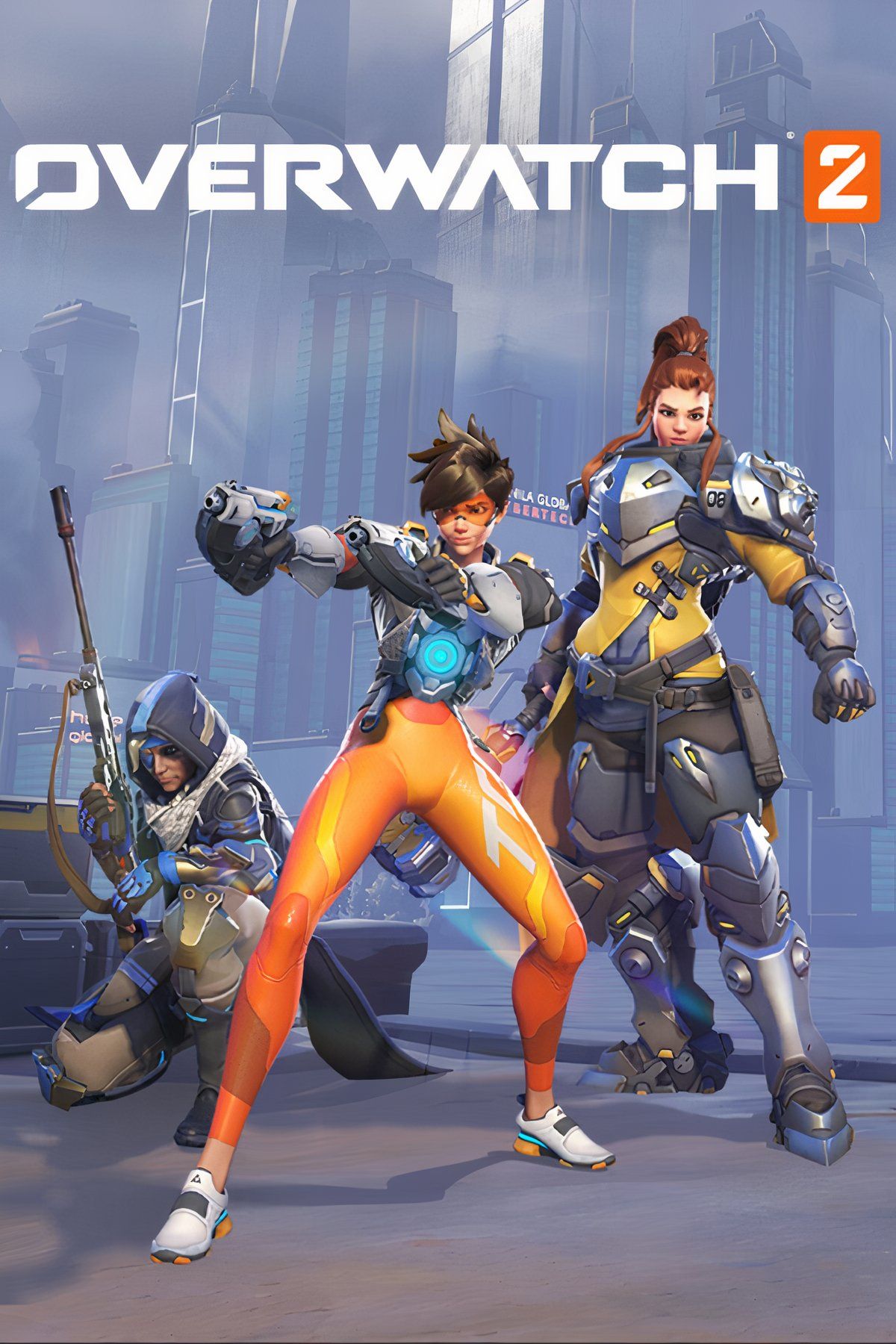26
NovemberOverwatch Character Guide: Reaper, Bastion and Mercy
Imagine my surprise when I was looking through the cast of characters and stumbled upon Symmetra, a support character who has the ability to bend and reshape light into mechanical constructs. While there are a growing number of characters of Indian descent in video games ( The Order: 1886 and Assassin’s Creed Syndicate feature a few), it’s very rare that they are featured as playable characters. I immediately took her for a spin, and after I decided to check out the complete roster of playable characters.
Yeah, we realized that we didn't want to have power progression in any part of [Overwatch]. We want everyone to be even on the battlefield, and it's not going to be about how long you've played Tracer or how long you've played on your account. The whole point is to hop in and find out how good you are.
There are many superficial similarities between Overwatch and Battleborn , Gearbox’s character-based shooter released just a few weeks before Blizzard’s: both feature large rosters of cartoonish, over-the-top characters, and both are multiplayer-focused games with an emphasis on teamwork and roles. But there are significant differences between the two games that actually make the comparisons a little unfair. For starters, Battleborn does have some single-player offerings, but its main differentiator is in its inspiration. From the structure of its maps to the low-ranked AI units serving as cannon fodder to the way players slowly level up over the course of a match, Battleborn is clearly trying to blend first-person gameplay with frantic MOBA elements perfected in games like League of Legends . Overwatch is far more similar to Valve’s legendary class-based shooter Team Fortress 2 . It takes that game’s concepts (learning a class, wildly differing roles based on attacking, defending, and support, and changing roles constantly to adapt to new situations) and cranks them up to eleven, as more characters means more slight tweaks on the same central id
Yesterday evening (December 1st, at the time of writing this) was the night of the annual Game Awards show, a lavish live-streamed spectacle where the best and brightest of the video games industry gathered in Los Angeles - in order to receive awards voted on by industry peers and journalists, celebrating the year in gaming. It was a good night for big-name hits like Uncharted 4: A Thief's End , the reboot of DOOM and Blizzard's mega-selling team shooter **Overwatch 2 Stadium Mode ** , as well as respected independent titles like That Dragon Cancer - and it was a chance for those in attendance to show off all-new trailers for upcoming tit
The game also does its best to highlight the contributions of all players, regardless of playstyle. In-game kills, captures, ‘blocks’ and defends are handed out quite liberally, and your contribution to taking out an enemy (for example) is rewarded with points and an on-screen message, regardless of whether you landed 1 point of damage or 100. A single ‘play of the game’ is shown off at the end of a game, and these highlights often include players in support roles, who didn’t contribute offensively. An MVP system between matches also allows players to cast their vote for an MVP, rewarding a player based on conditions such as kills, captures and damage dealt, along with more defensive plays like ‘most healing’ or time spent freezing enemies. It’s an excellent addition that de-emphasizes the importance of pure offensive play, and it helps (in addition to the other aforementioned design choices) to cultivate a sense of team play, rather than a lone wolf approach to victory.
Genji's first ability, Swift Strike, allows him to dash in whichever the direction the reticle is facing, doing damage to anyone caught in his path. This particular ability has a unique hidden modifier, as its cooldown is instantly reset whenever Genji eliminates another player, thus allowing for a series of potentially devastating killstreaks. His second ability, Deflect, is the single best method for taking out Bastion (for those of you who think that everyone's favorite robot is completely over-powered and unstoppable). By pressing the appropriate command prompt, all incoming fire is immediately deflected in the direction in which Genji is facing, which allows you to do as much damage to enemies as they hope to do to you. Genji's ultimate, Dragonblade, is also insanely powerful when used correctly. In a nutshell, Dragonblade allows him to whip out his sword and do massive damage to enemies at close range over a duration of ten seconds. The main thing to keep in mind here is that enemies can still kill you when you're running up on them, so simply bum-rushing into chaos with your ultimate activated is a complete waste.
 It’s not surprising that Overwatch would be multiplayer-focused - it is, after all, from the company that made the most successful online RPG in history - but considering their high-quality single-player experiences offered in Diablo , Starcraft , and past Warcraft games, the complete absence of any single player mode aside from tutorials is a bit of a shock. There isn’t even a way to play multiplayer matches offline, as fighting teams of AI players still requires a whole team of other people. As good as the multiplayer is, the game certainly wouldn’t lose anything from some sort of dedicated single-player mode. If it told more of the story alluded to in Blizzard’s incredible trailers and shorts, it would further cement Overwatch as a phenomenal g
It’s not surprising that Overwatch would be multiplayer-focused - it is, after all, from the company that made the most successful online RPG in history - but considering their high-quality single-player experiences offered in Diablo , Starcraft , and past Warcraft games, the complete absence of any single player mode aside from tutorials is a bit of a shock. There isn’t even a way to play multiplayer matches offline, as fighting teams of AI players still requires a whole team of other people. As good as the multiplayer is, the game certainly wouldn’t lose anything from some sort of dedicated single-player mode. If it told more of the story alluded to in Blizzard’s incredible trailers and shorts, it would further cement Overwatch as a phenomenal g

